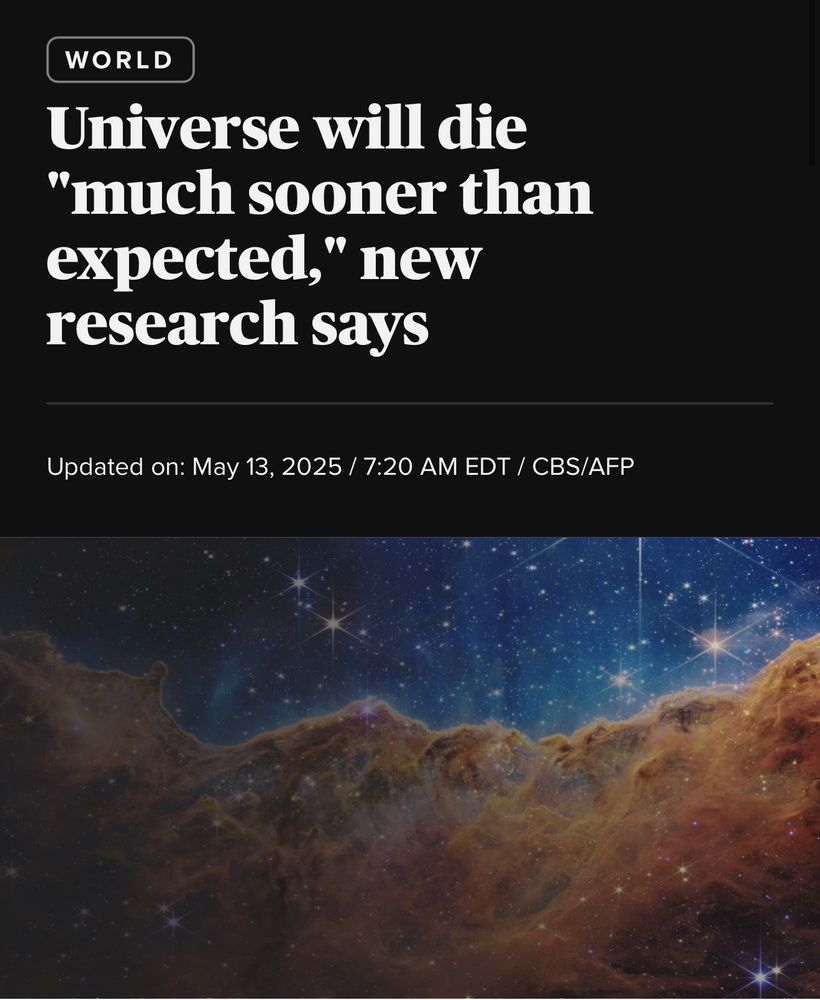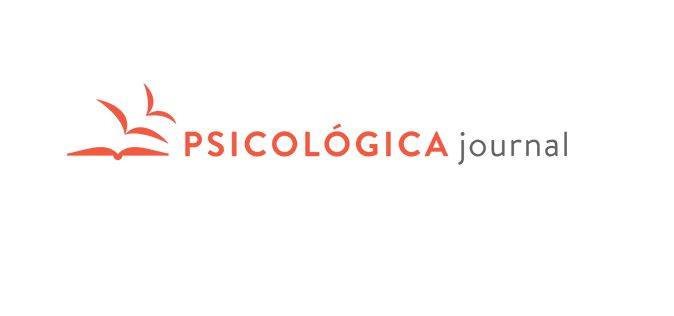
Que la tierra te sea leve
13.05.2025 20:12 — 👍 43 🔁 11 💬 0 📌 1@pandelisperakakis.bsky.social
Associate Professor of Psychology at Complutense University of Madrid Investigating #AffectDynamics Co-founder at openscholar.info Managing editor at psicologicajournal.com More: pandelisperakakis.info

Que la tierra te sea leve
13.05.2025 20:12 — 👍 43 🔁 11 💬 0 📌 1
At least we have this to look forward to…
14.05.2025 11:03 — 👍 12919 🔁 1500 💬 857 📌 275Two ideas on how to gain trust:
1) Identify your business model (gold, diamond, hybrid, etc) and subscription prices for institutions on your frontpage.
or
2) Abandon your publisher for a sustainable model as we did in @psicologicajournal.bsky.social
👉https://doi.org/10.1038/d41586-023-02315-z

Incorporación Junior Editors a Psicológica
Estimados socios y socias de la SEPEX: El pasado mes de enero, Psicológica abrió la convocatoria para cubrir varios puestos de Junior Editor en la revista. Tras la expresión de interés de un variado grupo de investigadoras e investigadores con perfiles…
The problem with most machine-based random number generators is that they’re not TRULY random, so if you need genuine randomness it is sometimes necessary to link your code to an external random process like a physical noise source or the current rate of US tariffs on a given country.
09.04.2025 19:15 — 👍 19192 🔁 3653 💬 385 📌 245Hello, world!
Psicológica, the official journal of @sepex.bsky.social, is now on Bluesky!
We follow an open-access diamond model, meaning all published content is freely available through @digitalcsic.bsky.social.
Follow us to stay tuned for new publications, updates, and more!
If you're looking for a journal that aligns with open and reproducible science, try Psicologica:
💎 Diamond OA (free for authors and readers)
🔍 Open peer review
✖️ Publishes null results, replications and RRs
📂 Secures analysis reproducibility and data availability
psicologicajournal.com/about/
For more:
OA Paper: osf.io/cqpuz_v1
Data and code: doi.org/10.17605/OSF...
Blog post: pandelisperakakis.info/2025/02/05/r...
#AffectDynamics #PsychologicalScience #MentalHealth #WellBeing
Next steps: Establishing the importance of affect shifts impact well-being opens the road to:
1) Identify personal triggers for transitions between positive & negative states.
2) Focus on tailored interventions to enhance resilience.
Simply asking “Do you feel good or bad?” is:
1) More intuitive than rating emotions on abstract numerical scales
2) Easier to track daily
3) A better predictor of well-being
4) Suitable for real-time monitoring
We used to think feeling more positive was key to well-being—someone scoring 40 in happiness is better off than someone scoring 20.
But our results show bouncing back from negativity matters more.
This has major implications for clinical practice! 👇
Using multiple regression methods, we found that how often people shift between positive and negative affect better predicts well-being (anxiety, depression, life satisfaction, resilience, flourishing) than the intensity of their feelings.
Here’s why this matters 👇

To capture this pattern, we developed 10 novel metrics to quantify affective bistability—measuring both how often and how intensely people shifted between feeling good and bad.
And that's when the surprise came👇

We asked 121 healthy adults in Spain and Germany:
"How do you feel right now?" (rated from very bad to very good) 6 times a day for a month.
About 54% showed abrupt shifts between feeling good and bad—a pattern we called "Affective Bistability".

Excited to share key findings from our new paper on #Bistability and #AffectDynamics, published in Emotion with @danielsanabria.bsky.social
We asked whether people shift abruptly between feeling good and bad, just like ecosystems flip between multiple stable states.
Here's what we found 🧵👇
Simply asking “Do you feel good or bad?” is:
1) More intuitive than rating emotions on abstract numerical scales
2) Easier to track daily
3) A better predictor of well-being
4) Suitable for real-time monitoring
We used to think feeling more positive was key to well-being—someone scoring 40 in happiness is better off than someone scoring 20.
But our results show bouncing back from negativity matters more.
This may have major implications for clinical practice 👇
Using multiple regression methods, we found that how often people shift between positive and negative affect better predicts well-being (anxiety, depression, life satisfaction, resilience, flourishing) than the intensity of their feelings.
Here’s why this matters 👇

To capture this pattern, we developed 10 novel metrics to quantify affective bistability—measuring both how often and how intensely people shifted between feeling good and bad.
And that's when the surprise came👇

We asked 121 healthy adults in Spain and Germany:
"How do you feel right now?" (rated from very bad to very good) 6 times a day for a month.
About 54% showed abrupt shifts between feeling good and bad—a pattern we called "Affective Bistability".